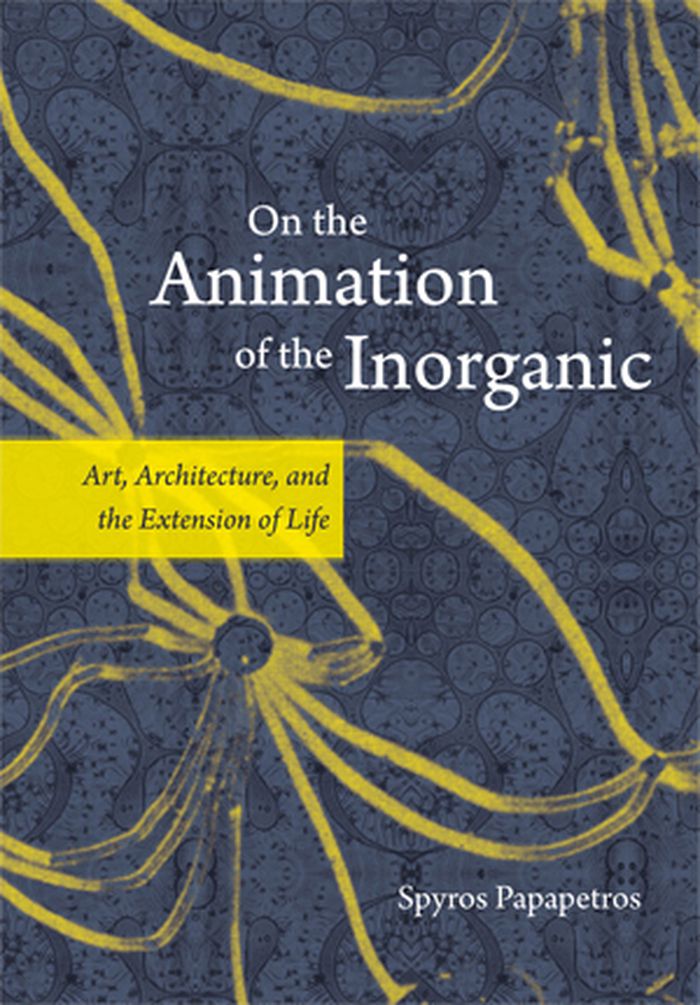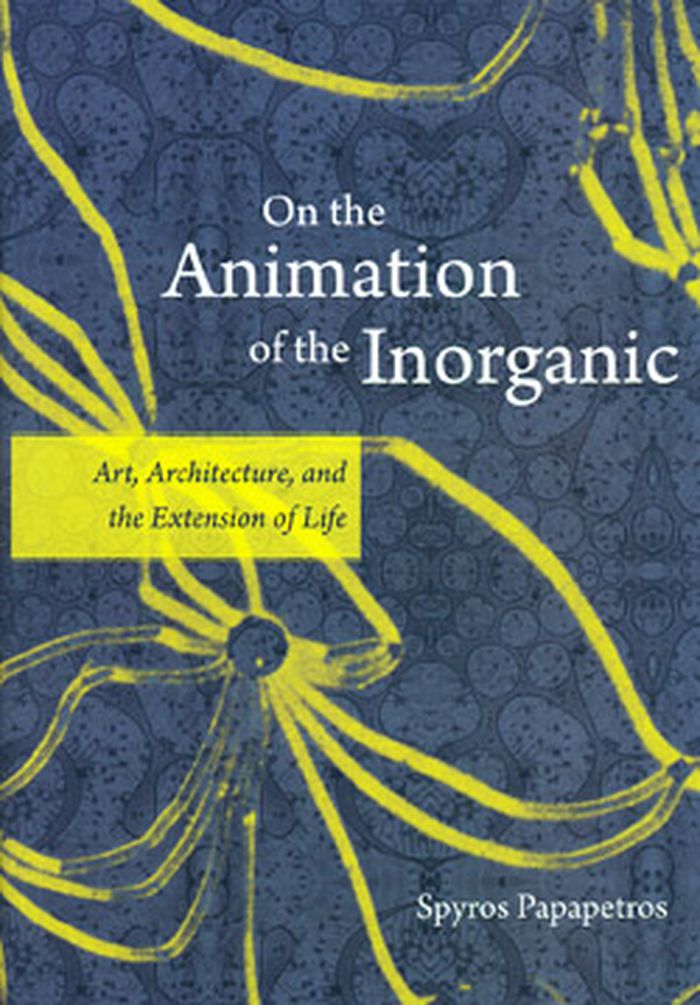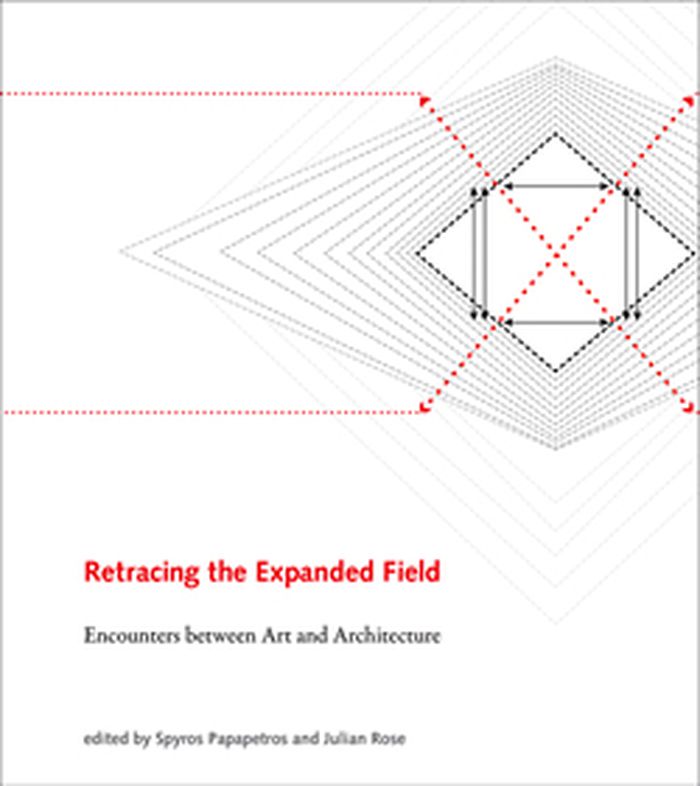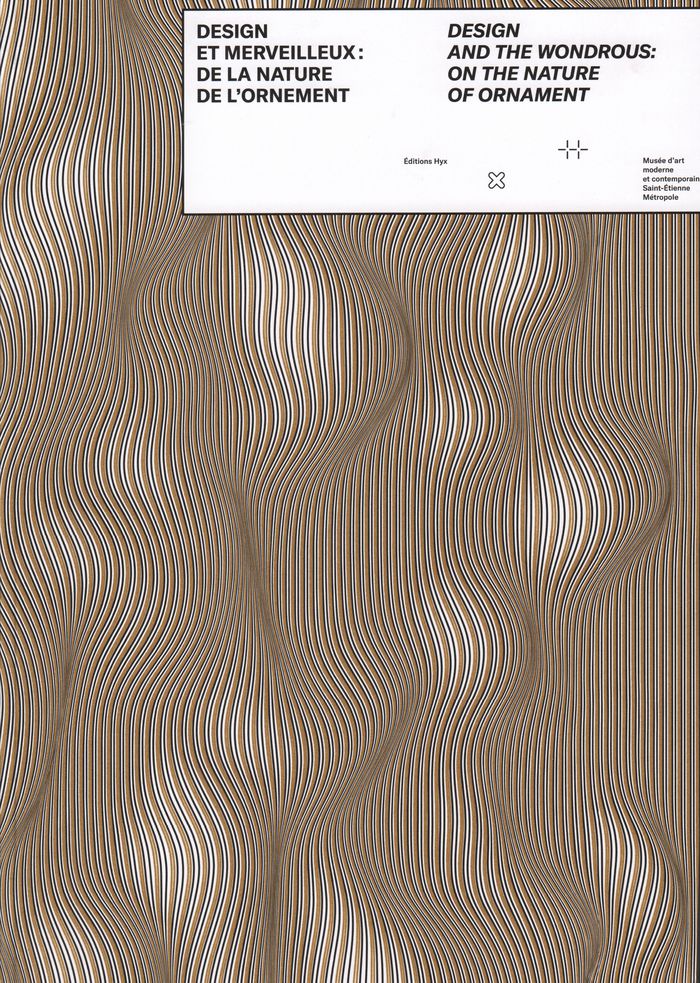livres
Description:
255 pages : illustrations (some color) ; 20 cm
New York : GSAPP Books, 2011.
Architects' journeys : building, travelling, thinking = Los viajes de los arquitectos : construir, viajar, pensar.
Actions:
Exemplaires:
Description:
255 pages : illustrations (some color) ; 20 cm
livres
New York : GSAPP Books, 2011.
livres
Description:
431 pages : illustrations (chiefly color) ; 29 cm
Munich : Hirmer ; Florence : Kunsthistorisches Institut in Florenz, Max-Planck-Institut, [2021], ©2021
The aesthetics of marble : from late antiquity to the present / edited by Dario Gamboni, Gerhard Wolf, and Jessica N. Richardson.
Actions:
Exemplaires:
Description:
431 pages : illustrations (chiefly color) ; 29 cm
livres
Munich : Hirmer ; Florence : Kunsthistorisches Institut in Florenz, Max-Planck-Institut, [2021], ©2021
$43.00
(disponible sur commande)
Résumé:
Throughout human history, people have imagined inanimate objects to have intelligence, language, and even souls. In our secular societies today, we still willingly believe that nonliving objects have lives of their own as we find ourselves interacting with computers and other equipment. In On the Animation of the Inorganic, Spyros Papapetros examines ideas about simulated(...)
On the animation of the inorganic: art, architecture, and the extension of life
Actions:
Prix:
$43.00
(disponible sur commande)
Résumé:
Throughout human history, people have imagined inanimate objects to have intelligence, language, and even souls. In our secular societies today, we still willingly believe that nonliving objects have lives of their own as we find ourselves interacting with computers and other equipment. In On the Animation of the Inorganic, Spyros Papapetros examines ideas about simulated movement and inorganic life during and after the turn of the twentieth century—a period of great technical innovation whose effects continue to reverberate today.
Théorie de l’architecture
$49.95
(disponible sur commande)
Résumé:
In On the Animation of the Inorganic, Spyros Papapetros examines ideas about simulated movement and inorganic life during and after the turn of the twentieth century--a period of great technical innovation whose effects continue to reverberate today. Exploring key works of art historians such as Aby Warburg, Wilhelm Worringer, and Alois Riegl, as well as architects and(...)
On the animation of the inorganic: art, architecture, and the extension of life
Actions:
Prix:
$49.95
(disponible sur commande)
Résumé:
In On the Animation of the Inorganic, Spyros Papapetros examines ideas about simulated movement and inorganic life during and after the turn of the twentieth century--a period of great technical innovation whose effects continue to reverberate today. Exploring key works of art historians such as Aby Warburg, Wilhelm Worringer, and Alois Riegl, as well as architects and artists like Fernand Leger, Mies van der Rohe, and Salvador Dali, Papapetros tracks the evolution of the problem of animation from the fin de siecle through the twentieth century. He argues that empathy--the ability to identify with objects of the external world--was repressed by twentieth-century modernist culture, but it returned, projected onto inorganic objects such as machines, automobiles, and crystalline skyscrapers.
Théorie de l’architecture
$46.95
(disponible sur commande)
Résumé:
Expansion, convergence, adjacency, projection, rapport, and intersection are a few of the terms used to redraw the boundaries between art and architecture during the last thirty-five years. If modernists invented the model of an ostensible “synthesis of the arts,” their postmodern progeny promoted the semblance of pluralist fusion. In 1979, reacting against contemporary(...)
Retracing the expanded field: encounters between art and architecture
Actions:
Prix:
$46.95
(disponible sur commande)
Résumé:
Expansion, convergence, adjacency, projection, rapport, and intersection are a few of the terms used to redraw the boundaries between art and architecture during the last thirty-five years. If modernists invented the model of an ostensible “synthesis of the arts,” their postmodern progeny promoted the semblance of pluralist fusion. In 1979, reacting against contemporary art’s transformation of modernist medium-specificity into postmodernist medium multiplicity, the art historian Rosalind Krauss published an essay, “Sculpture in the Expanded Field,” that laid out in a precise diagram the structural parameters of sculpture, architecture, and landscape art. The essay soon assumed a canonical status and affected subsequent developments in all three fields. Retracing the Expanded Field revisits Krauss’s hugely influential text and maps the ensuing interactions between art and architecture.
Théorie de l’architecture
$64.95
(disponible sur commande)
Résumé:
Cet ouvrage questionne une histoire récente du design où la notion d’ornement se donne au cœur de nouvelles logiques de conception et de production. Avec l’avènement du numérique et la redéfinition du rôle de l’ornement, la forme ornementale se donne à présent dans une dimension calculée de morphogenèse : sa dynamique s’ancre dans les processus de croissance de la nature.(...)
Design et merveilleux : de la nature de l'ornement / Design and the wondrous: on the nature of ornament
Actions:
Prix:
$64.95
(disponible sur commande)
Résumé:
Cet ouvrage questionne une histoire récente du design où la notion d’ornement se donne au cœur de nouvelles logiques de conception et de production. Avec l’avènement du numérique et la redéfinition du rôle de l’ornement, la forme ornementale se donne à présent dans une dimension calculée de morphogenèse : sa dynamique s’ancre dans les processus de croissance de la nature. Dans toutes ces réalisations, la dimension générative de la nature a conféré à l’ornement un rôle structurel nouveau. S'appuyant sur une sélection d'œuvres de plus de cinquante artistes, , quatre essais (Marie-Ange Brayer, Spyros Papapetros, Martine Dancer-Mourès et Sophie Fétro), nous donnent à lire et comprendre, l'évolution du design et de l'ornement, à l'ère du numérique. / This volume presents a new narrative of design, situated somewhere between plant life and ornament, nature and artifice. Through essays by several authors it explores the ornament’s role with respect to morphogenesis, by which the object is continually transformed through an evolving dynamic of forms. With the arrival of the digital age, the ornament’s role in design has been greatly modified. No longer a simple motif, it is used as an animated form. At the intersection of information sciences and biology, designers utilise 3D printing to create carefully calculated objects based on organic growth. With contributions by Spyros Papapetros, Marie-Ange Brayer, and others.
Théorie du design



